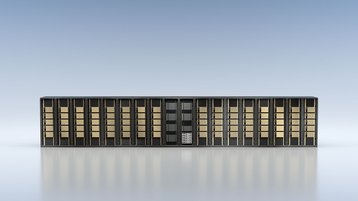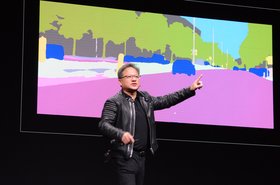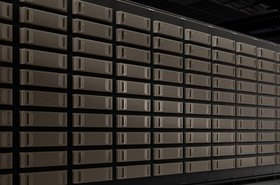Nvidia has announced three new customers for its DGX SuperPOD high performance computing package.
Korea's Naver, Sweden's Linköping University, and India's C-DAC have all acquired DGX supercomputers for artificial intelligence research and workloads. They are expected to be online before the end of the year.
Supercomputers in a box
“Traditional supercomputers can take years to plan and deploy, but the turnkey Nvidia DGX SuperPOD Solution for Enterprise helps customers begin their AI transformation today,” said Charlie Boyle, VP and GM of DGX systems at Nvidia.
“State-of-the-art conversational AI, recommender systems and computer vision workloads rapidly exceed the capabilities of traditional infrastructure, and our new solution gives customers a fast track to the world’s most advanced, scalable AI infrastructure and Nvidia expertise.”
Search engine giant and operator of the Line messaging service, Naver will deploy 140 DGX A100 systems for research into natural language processing models and conversational AI services under its Naver Clova brand. 140 units is the maximum Nvidia's DGX platform can scale to.
Linköping University will deploy 60 DGX systems, naming the system BerzeLiUs. It will be used for AI research, including as part of Sweden's largest individual research initiative, the Wallenberg AI, Autonomous Systems and Software Program.
The Centre for Development of Advanced Computing, under the Ministry of Electronics and Information Technology in India, will combine 42 DGX systems to build 'PARAM Siddhi – AI,' the country's fastest supercomputer dedicated to AI.
The orders follow Nvidia announcing it would build a DGX supercomputer of its own in England, with Cambridge-1 featuring 80 DGX systems. That translated to around 400 petaflops of 'AI compute,' or eight petaflops of compute on the more common Linpack benchmark.




